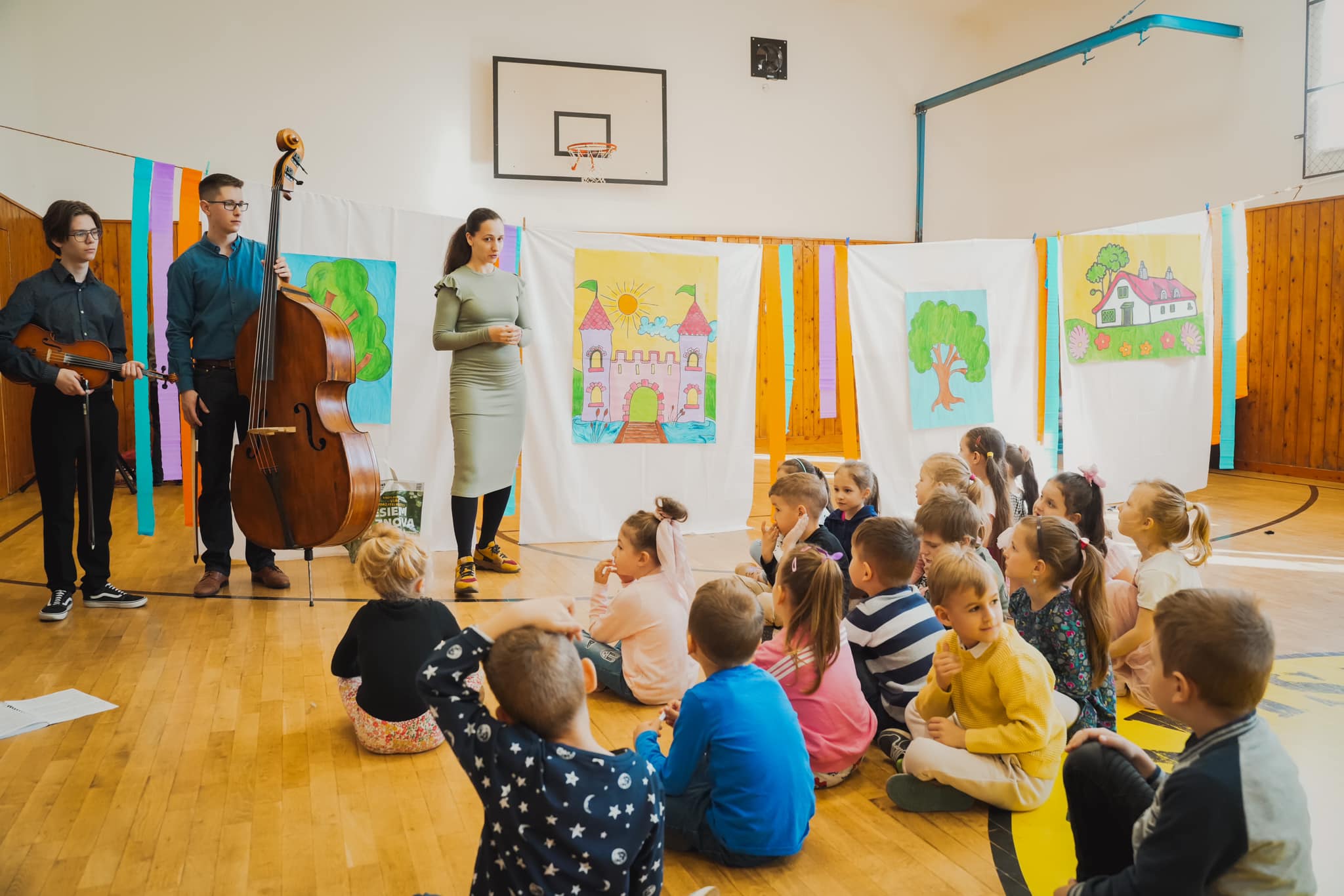
Yet it is unlikely that Hungarians will remain the most populous minority in Slovakia in the foreseeable future.Continue reading

The number of children attending Hungarian kindergartens in Slovakia has increased significantly by eighteen percent in the last fourteen years, the Rákóczi Association announced. The rise in the attractiveness of Hungarian kindergartens is probably also due to the impact of subsidies provided by Hungarian national policy, but the overwhelming majority of children attending Hungarian kindergartens in the country have a strong connection to their Hungarian identity.
According to a study by Ferenc Sullivan, the association’s head of research and analysis, 8,482 children attended Hungarian kindergartens in Slovakia in 2010. By the end of the decade, this figure had risen to 9,339 children, and to 9,982 children in the last school year.
Factors explaining the increase include the national trend of increasing kindergarten attendance, as well as initiatives to encourage Hungarian institution choice,
such as the Carpathian Basin Kindergarten Development Program and the “Hungarian in the Homeland Program,” the head of analysis wrote.
Another significant aspect in this regard was the introduction of compulsory kindergarten attendance from the age of five from 2021, with the aim of involving socially disadvantaged children in the education and upbringing process.
In addition, the officially registered nationality of children does not correspond to the primary and secondary nationalities declared in the census and the actual nationality proportions.
The majority of kindergarten pupils who are reported as Slovak are likely to come from “mixed families” or live in a milieu with varying degrees of assimilation, where Hungarian cultural ties and language skills are present.
According to Ferenc Sullivan, reaching out to these families is key to the survival of the Hungarian institutional network, as their inclusion is essential to maintaining stable numbers.
Local specificities, such as low numbers of children or a shortage of teachers, mean that officially Slovak kindergarten groups are in reality bilingual Hungarian-Slovak groups.
In Bratislava (Pozsony), Košice (Kassa) or Senec (Szenc), where a significant number of children of Slovak nationality attend Hungarian kindergartens, the number of parents choosing Hungarian schools has also increased significantly in recent years. The Hungarian state provides educational and student support for students attending Hungarian institutions in the Carpathian Basin under the “Hungarian in the Homeland Program.”

Photo: Facebook/Rákóczi Szövetség
However, the statistics show that the increase in the number of children registered as Slovak in Hungarian kindergartens is not due to the increase in the education grant announced at the beginning of 2023, as a similar proportion of children registered as Slovak attended Hungarian kindergartens in previous years.
The criterion for receiving the current gross annual subsidy of HUF 100,000 (EUR 251) is not the Hungarian origin, identity or language skills of the family, but the attendance of a Hungarian-language educational institution. This is in line with the provisions prohibiting discrimination and the aims of Hungarian national policy,
as in peripheral regions it is crucial that the institutions of Hungarian education reach as many families as possible, thus enriching the Hungarian community.
Via MTI; Featured image via Facebook/Rákóczi Szövetség